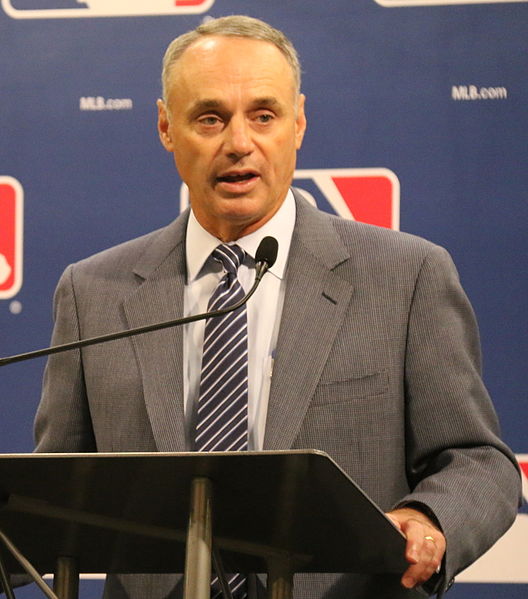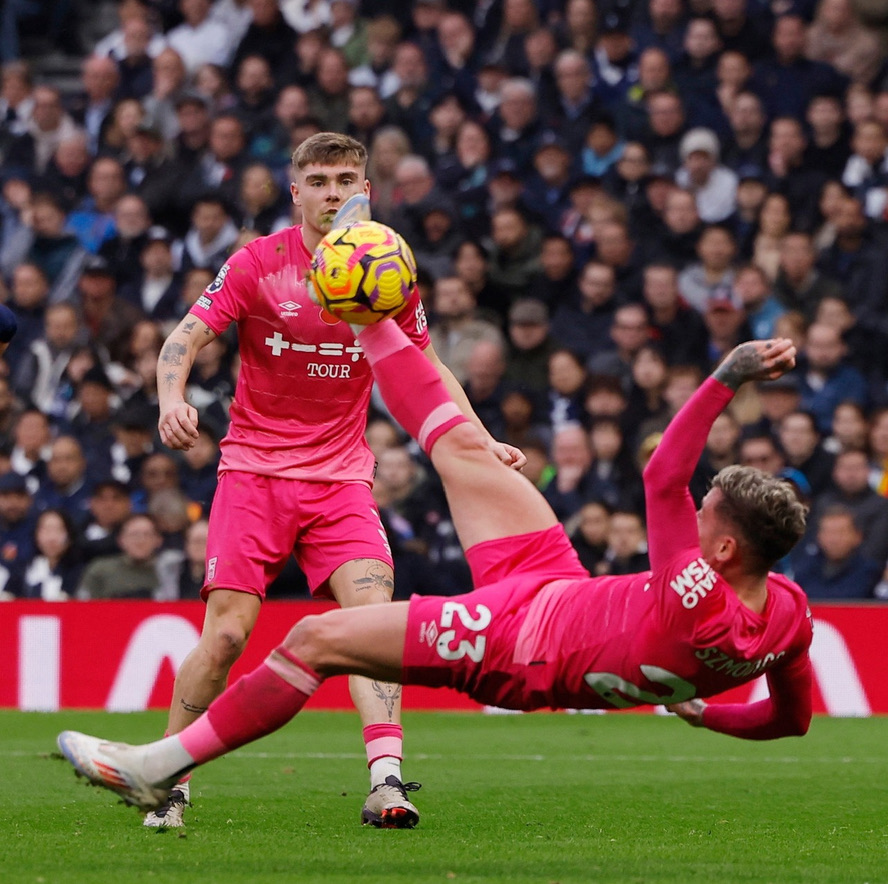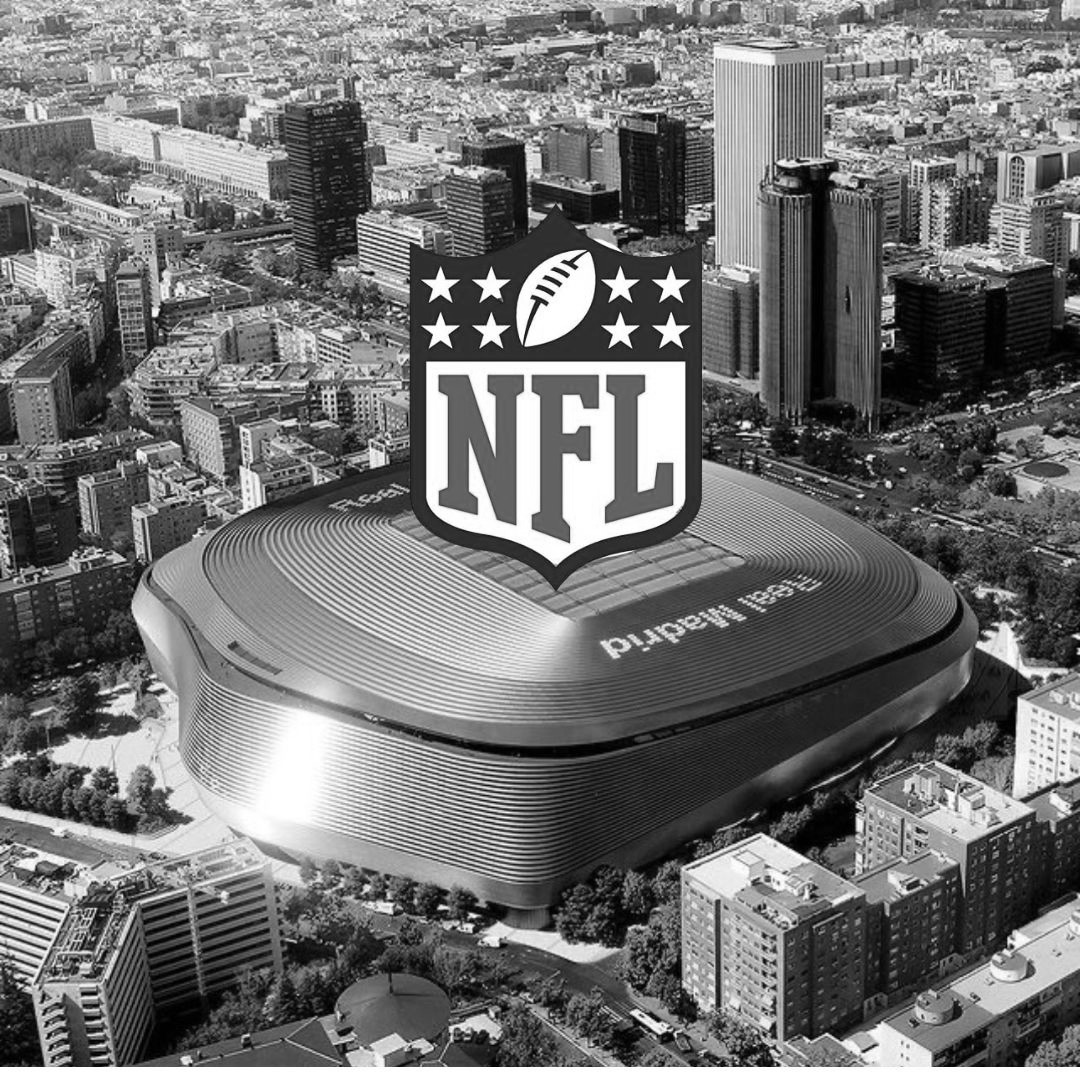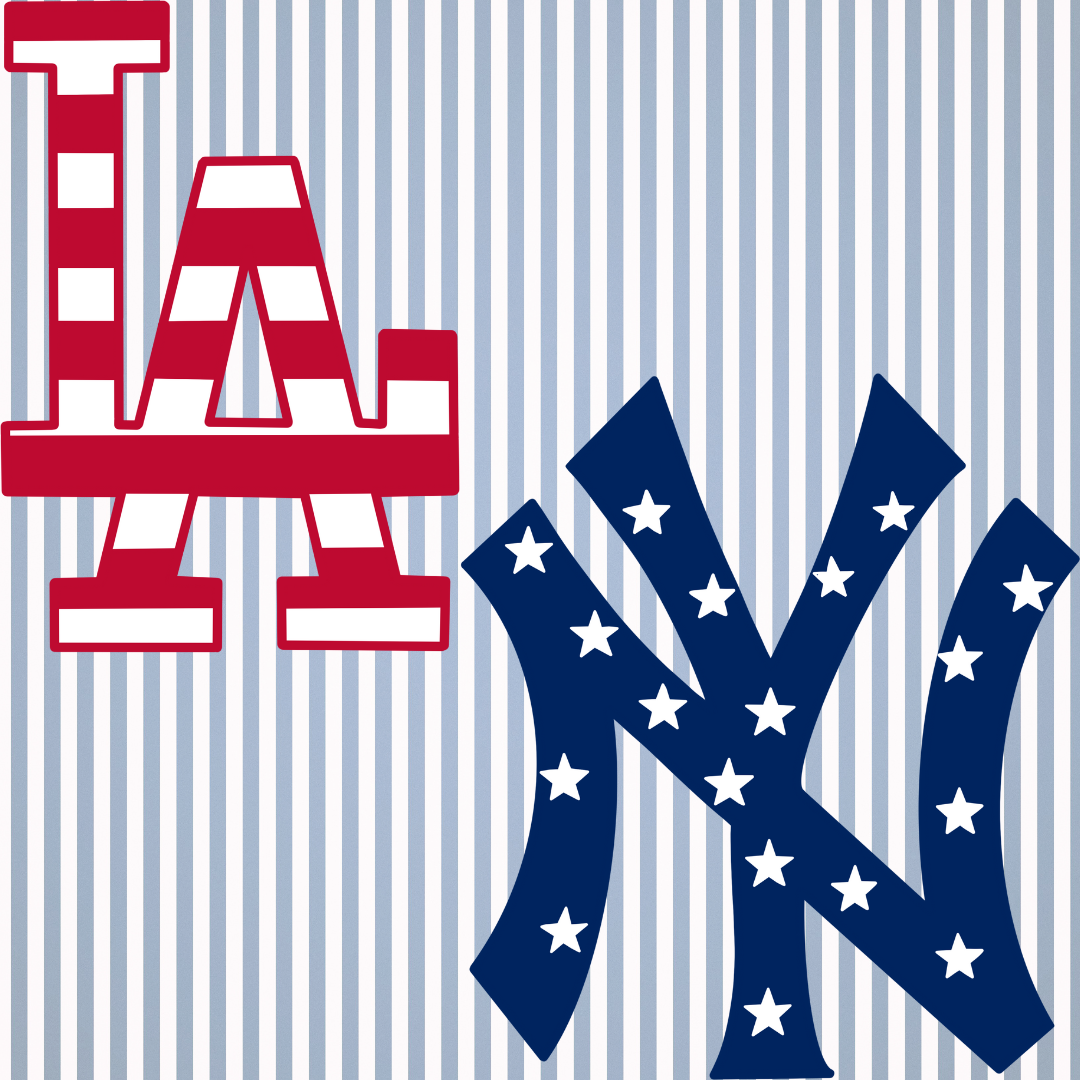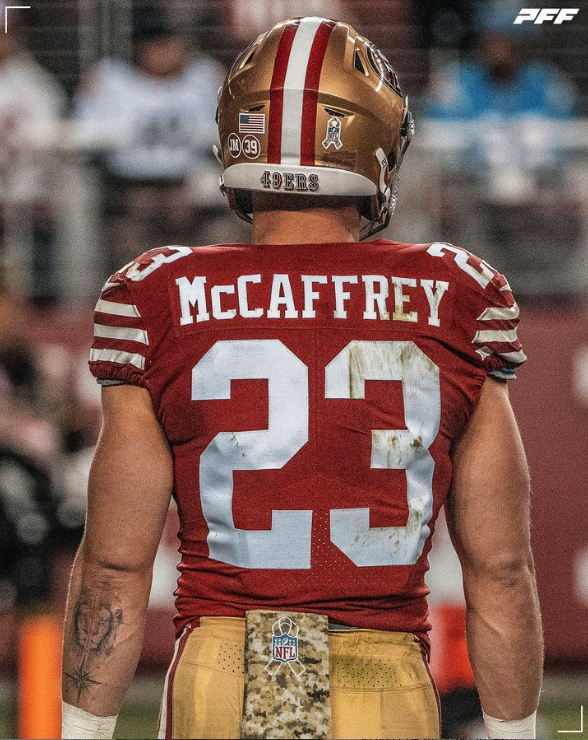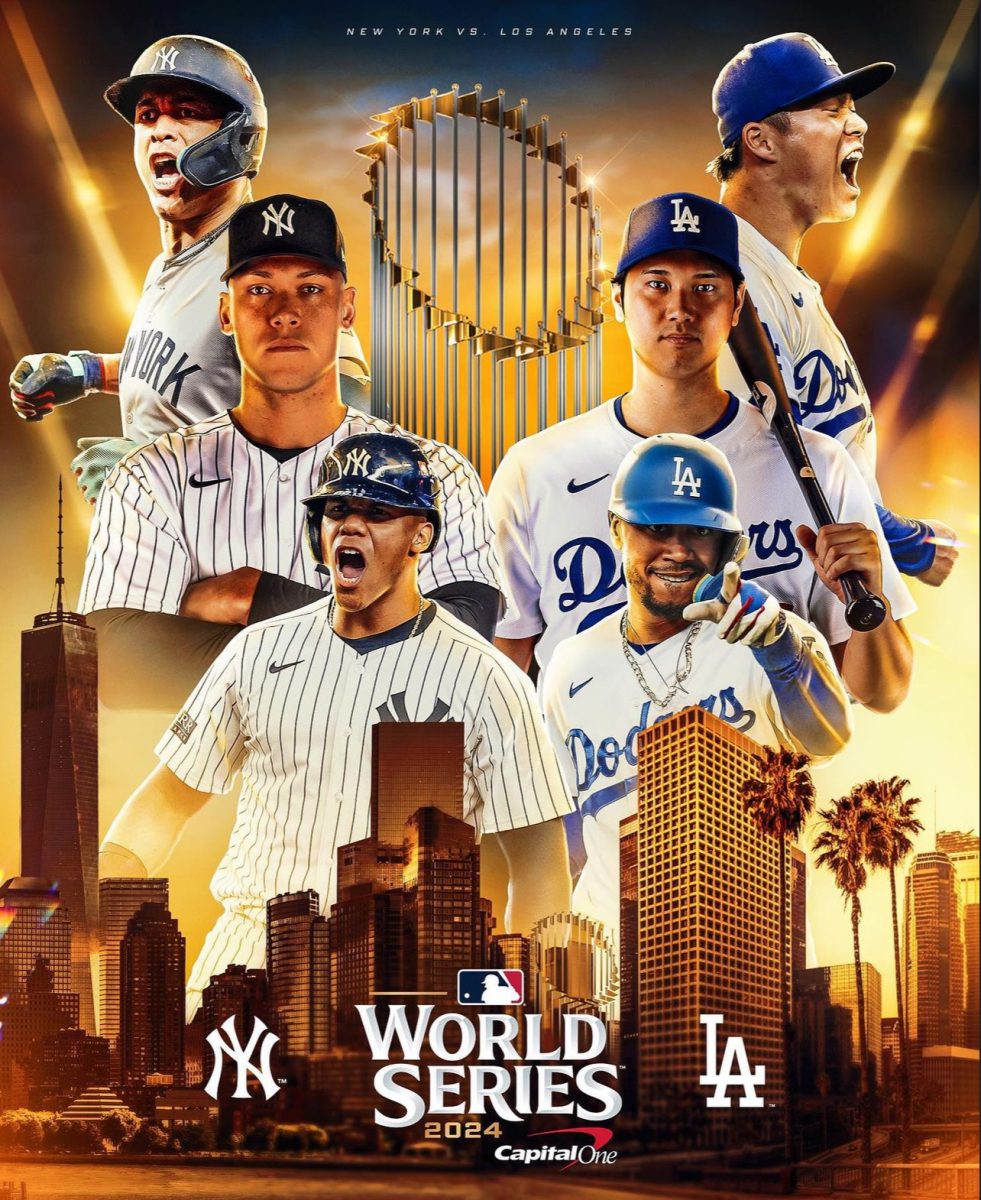By Brendan O’Connell

It has been years since baseball was overshadowed by football and even basketball in many regions as America’s most popular sport. Now more than ever, it seems there is a lack of excitement and interest in the national pastime. Many people love baseball, but the passion is not what it used to be, on an individual and societal basis.
Revenue numbers are inflated, as baseball is the only major sport that is played through the heart of summer, which allows the sport to gain from a lack of competition.
Commissioner Rob Manfred realizes his league must implement significant change.
He has previously stated, “I believe it’s a mistake to stick our heads in the sand and ignore the fact that our game has changed and continues to change… I’m certain that our job as stewards of the game is to be responsive to fans, and I reject the notion that we can ‘educate’ fans to embrace the game as it’s currently being played.”
In an interview with Bleacher Report, Manfred commented on the state of the game and the challenges the league is facing.
“The biggest challenge is time commitment,” he claimed. “Convincing a generation with generally shorter attention spans that they should make this investment (three-hour games, 162 games a season) is a challenge, and I think it’s a challenge that we’re up to.”
The game has become too much of a grind. At-bats are becoming longer as hitters have started taking more pitches in order to draw a walk or wear down the opposing pitcher, replay reviews are parsed over meticulously in an effort to get the call perfectly accurate, games are averaging about three hours, and this process repeats 162 times each season. Games are not only too long, but the content of the games is not as interesting as it could be.
Because of this, Manfred wants to see the MLB more active in its management of how the game is played, asserting more control over the pace of play and altering the rules and mechanics of the game, like the strike zone and pitch clock, to produce a more appealing game.
Away from the field of play, the MLB is focusing on such realms of consumerism as technology and apparel. At Bat, the league’s phone app, reaches a reported nine million hits per day, and television broadcasts and stadium packages have consistently featured more digitally-based analytics and graphics to entertain and attract younger viewers. Similarly, the league has partnered with Under Armour, a more new-age athletic-wear company, starting in 2020 to provide its uniforms and other gear in an effort to appeal to younger athletes and patrons.
It will be up to Manfred and his colleagues to reinvigorate the great sport of baseball and reach more young fans to grow the game. With a multitude of solutions in mind, the MLB has a chance to bring people of all ages and backgrounds to its sport, and, with the cooperation of the players’ and umpires’ unions, can help the league return to national prominence.





































































































































































































